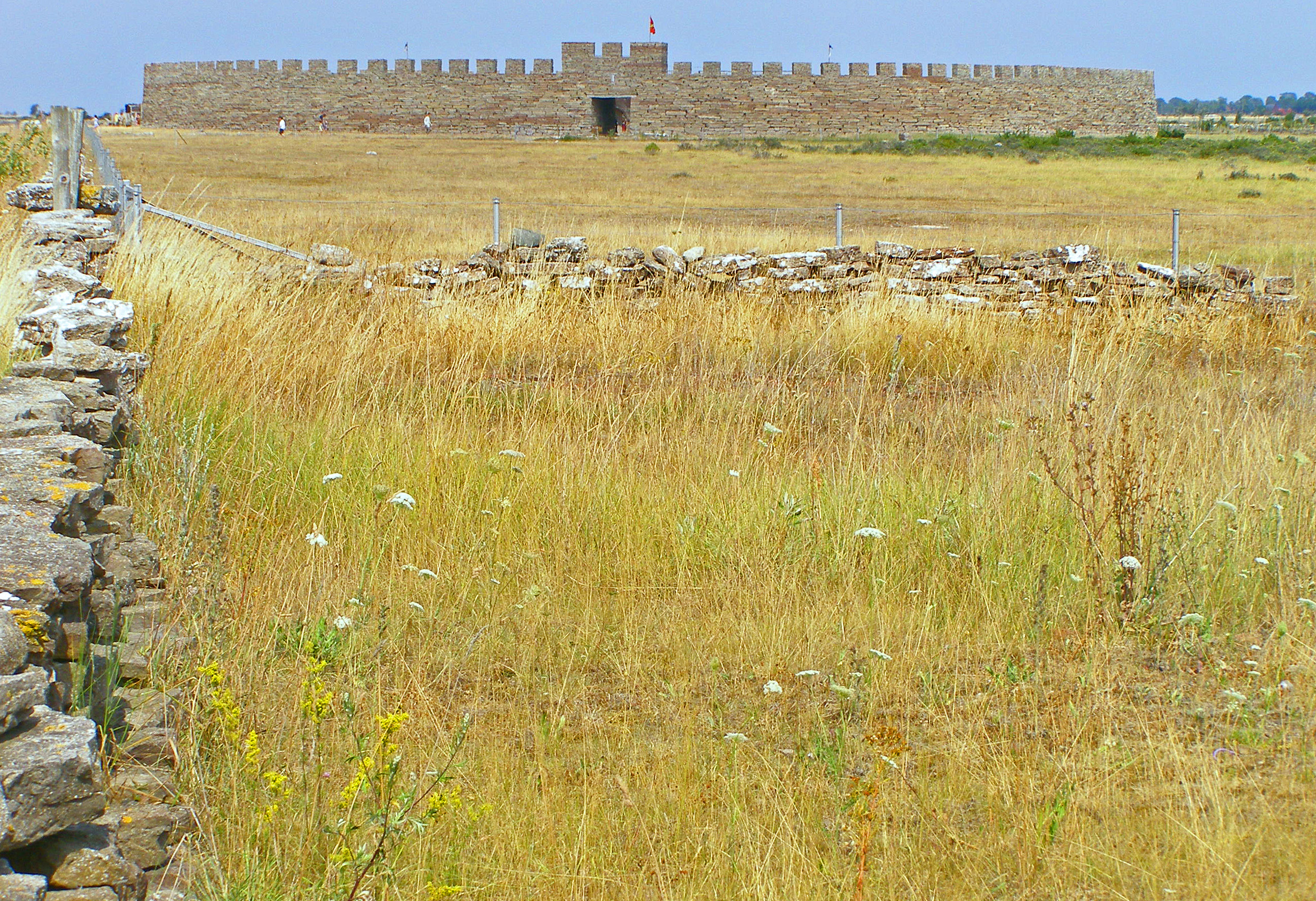|
HSwMS Öland (J16)
HSwMS ''Öland'' was the lead ship of the two ship of destroyers which served with the Royal Swedish Navy. Larger and more stable than previous Swedish destroyers, the vessel was launched on 15 December 1945. Armament was based around two twin mounting for semi-automatic guns, an extensive anti-aircraft defence of seven and eight guns and a quadruple anti-submarine rocket launcher, as well as torpedoes and mines. The ship was upgraded in 1960, which involved the addition of a Squid anti-submarine mortar amongst other alterations, and reclassified as a frigate in 1974, until ultimately being retired on 1 July 1978 as part of a strategy to remove larger combat vessels from the fleet. Design and development ''Öland'' was the first Öland or Province class destroyer built for the Royal Swedish Navy. The ship was named after the Swedish province. Developed using lessons learned from the Second World War, the vessel was larger than previous Swedish destroyers. The design had ... [...More Info...] [...Related Items...] OR: [Wikipedia] [Google] [Baidu] |
Öland
Öland (, ; ; sometimes written ''Oland'' internationally) is the second-largest Swedish island and the smallest of the traditional provinces of Sweden. Öland has an area of and is located in the Baltic Sea just off the coast of Småland. The island has over 26,000 inhabitants. It is separated from the mainland by the Kalmar Strait and connected to it by the Öland Bridge, which opened on 30 September 1972. The county seat Kalmar is on the mainland at the other end of the bridge and is an important commercial centre related to the Öland economy. The island's two municipalities are Borgholm and Mörbylånga named after their municipal seats. Much of the island is farmland, with fertile plains aided by the mild and sunny weather during summer. Öland does not have separate political representation at the national level, and is fully integrated into Sweden as part of Kalmar County. Administration The traditional provinces of Sweden no longer serve administrative or ... [...More Info...] [...Related Items...] OR: [Wikipedia] [Google] [Baidu] |
Anti-submarine Warfare
Anti-submarine warfare (ASW, or in the older form A/S) is a branch of underwater warfare that uses surface warships, aircraft, submarines, or other platforms, to find, track, and deter, damage, or destroy enemy submarines. Such operations are typically carried out to protect friendly shipping and coastal facilities from submarine attacks and to overcome blockades. Successful ASW operations typically involve a combination of sensor and weapon technologies, along with effective deployment strategies and sufficiently trained personnel. Typically, sophisticated sonar equipment is used for first detecting, then classifying, locating, and tracking a target submarine. Sensors are therefore a key element of ASW. Common weapons for attacking submarines include torpedoes and naval mines, which can both be launched from an array of air, surface, and underwater platforms. ASW capabilities are often considered of significant strategic importance, particularly following provocative instanc ... [...More Info...] [...Related Items...] OR: [Wikipedia] [Google] [Baidu] |

